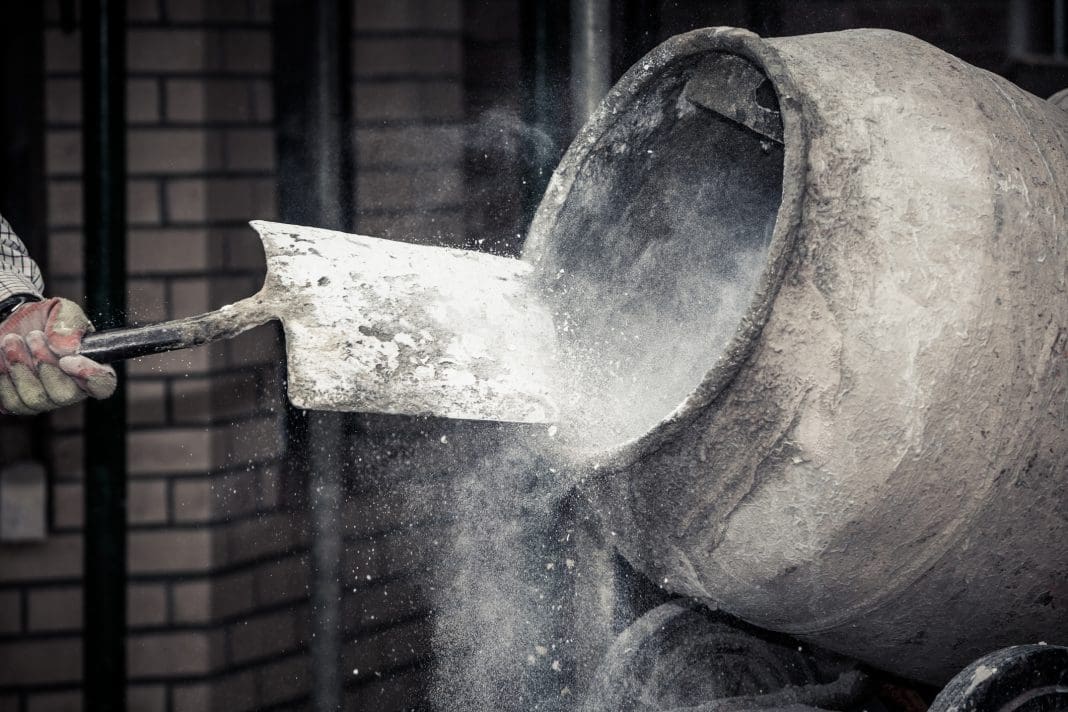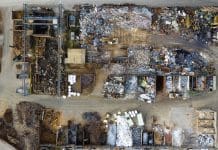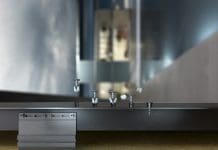Cambridge University scientists have celebrated a new method of concrete recycling by reactivating it through the steel recycling process as “an absolute miracle”
Cement and concrete currently account for 7% of the world’s CO2 emissions, so finding a way to reduce their carbon emissions is essential to prevent global temperatures rising further.
Although sustainable alternatives are being explored, demand for cement far outstrips the supply of alternatives, as Professor Julian Allwood from Cambridge’s Department of Engineering observes: “It’s also a question of volume – we don’t physically have enough of these alternatives to keep up with global cement demand, which is roughly four billion tonnes per year.”
“We’ve already identified the low hanging fruit that helps us use less cement by careful mixing and blending, but to get all the way to zero emissions, we need to start thinking outside the box.”
Recycling existing concrete will reduce overall emissions
“I had a vague idea from previous work that if it were possible to crush old concrete, taking out the sand and stones, heating the cement would remove the water, and then it would form clinker again,” said Dr Cyrille Dunant, also from the Department of Engineering.
“A bath of liquid metal would help this chemical reaction along, and an electric arc furnace, used to recycle steel, felt like a strong possibility. We had to try.”
As reported in the journal Nature, the study found that used cement acts as an effective substitute for lime flux, commonly used in steel recycling to remove impurities.
By substituting used cement for lime flux in the electrically-powered arc furnaces, the the high temperatures reactivate the cement, effectively recycling it to be used anew. This process also reduces the slag traditionally produced by using lime flux in the process.
Project partner the Materials Processing Institute carried out tests showing that this recycling process can be produced at scale. If the furnaces involved are powered with renewable energy, this renders the entire process zero-emissions.
The cement made through this recycling process contains higher levels of iron oxide than conventional cement, but the researchers say this has little effect on performance.
The team have filed a patent on the process
“Producing zero emissions cement is an absolute miracle, but we’ve also got to reduce the amount of cement and concrete we use,” said Allwood. “Concrete is cheap, strong and can be made almost anywhere, but we just use far too much of it. We could dramatically reduce the amount of concrete we use without any reduction in safety, but there needs to be political will to make that happen.”
The Cambridge Electric Cement process has been scaling rapidly, with researchers saying they could be producing one billion tonnes per year by 2050, which represents roughly a quarter of current annual cement production.
“As well as being a breakthrough for the construction industry, we hope that Cambridge Electric Cement will also be a flag to help the government recognise that the opportunities for innovation on our journey to zero emissions extend far beyond the energy sector,” Allwood continues.
The researchers have filed a patent on the process to support its commercialisation. The research was supported in part by Innovate UK and the Engineering and Physical Sciences Research Council (EPSRC), part of UK Research and Innovation (UKRI).





![[VIDEO] HS2 completes 4,600-tonne viaduct slide across M6 The HS2 team completed a 17-hour long operation sliding the viaduct structure across the M6 without closing the motorway](https://www.pbctoday.co.uk/news/wp-content/uploads/2025/12/M6-South-viaduct-slide-taking-place-across-a-live-motorway-December-2025-218x150.jpg)






![[Video] Enhancing safety with fire doors: A case study of Marina Care Home](https://www.pbctoday.co.uk/news/wp-content/uploads/2025/06/maxresdefault-218x150.jpg)

![[VIDEO] Heathrow’s third runway plan wins out over Arora London, United Kingdom – May 31, 2023: A commercial airliner taking off at London's Heathrow Airport, representing plans for a third runway](https://www.pbctoday.co.uk/news/wp-content/uploads/2025/11/iStock-2143084103-218x150.jpg)